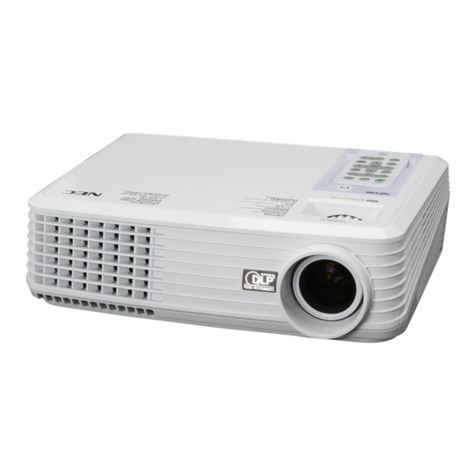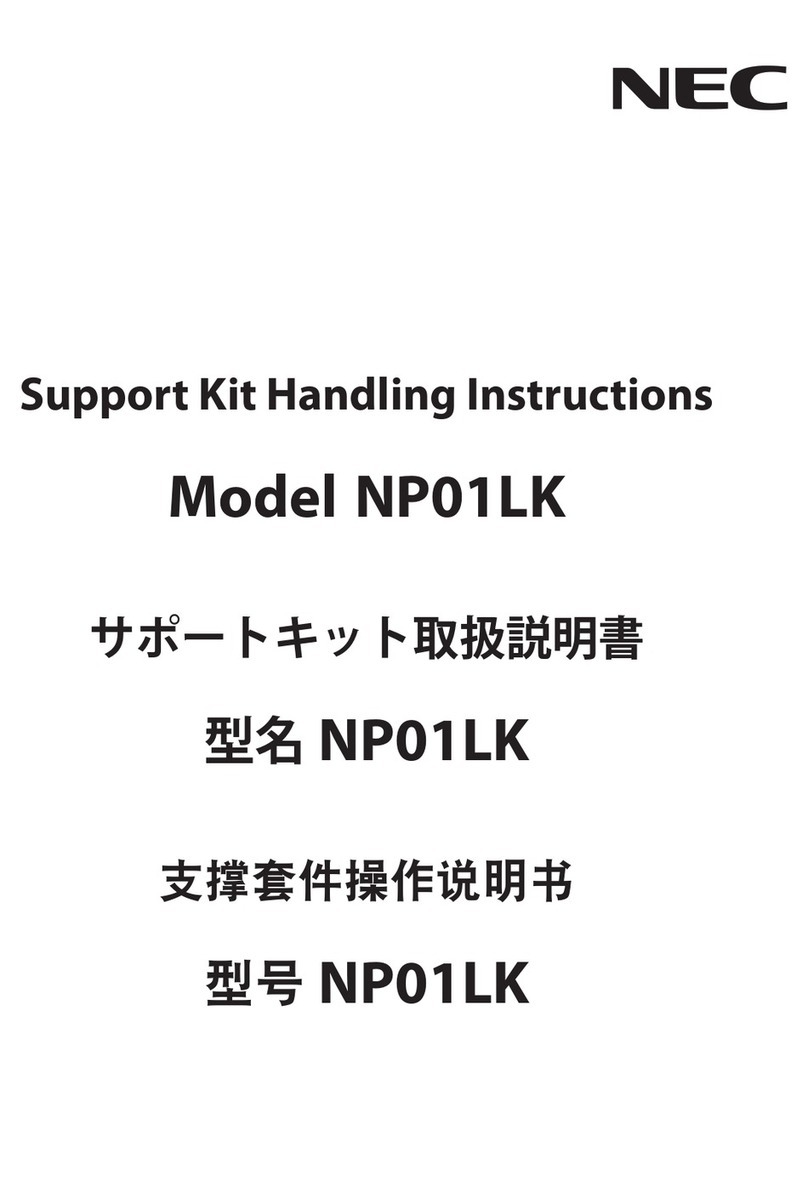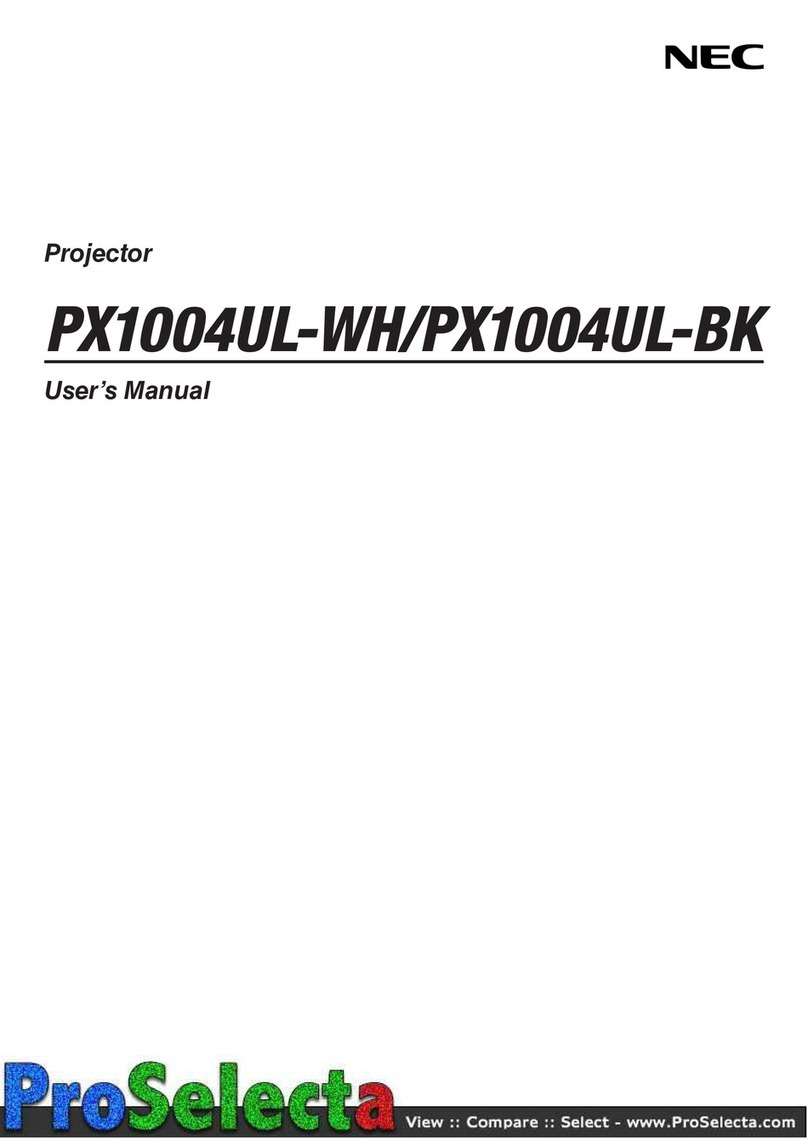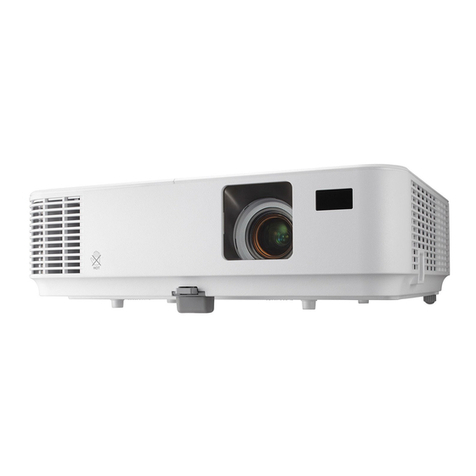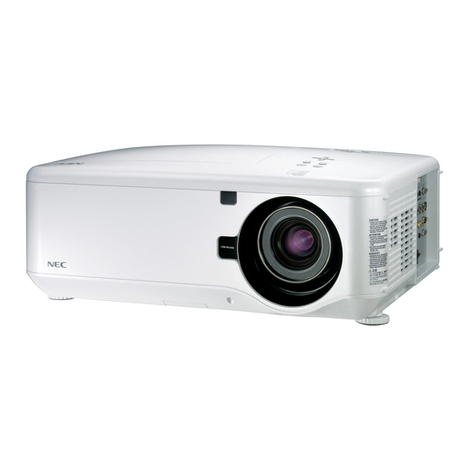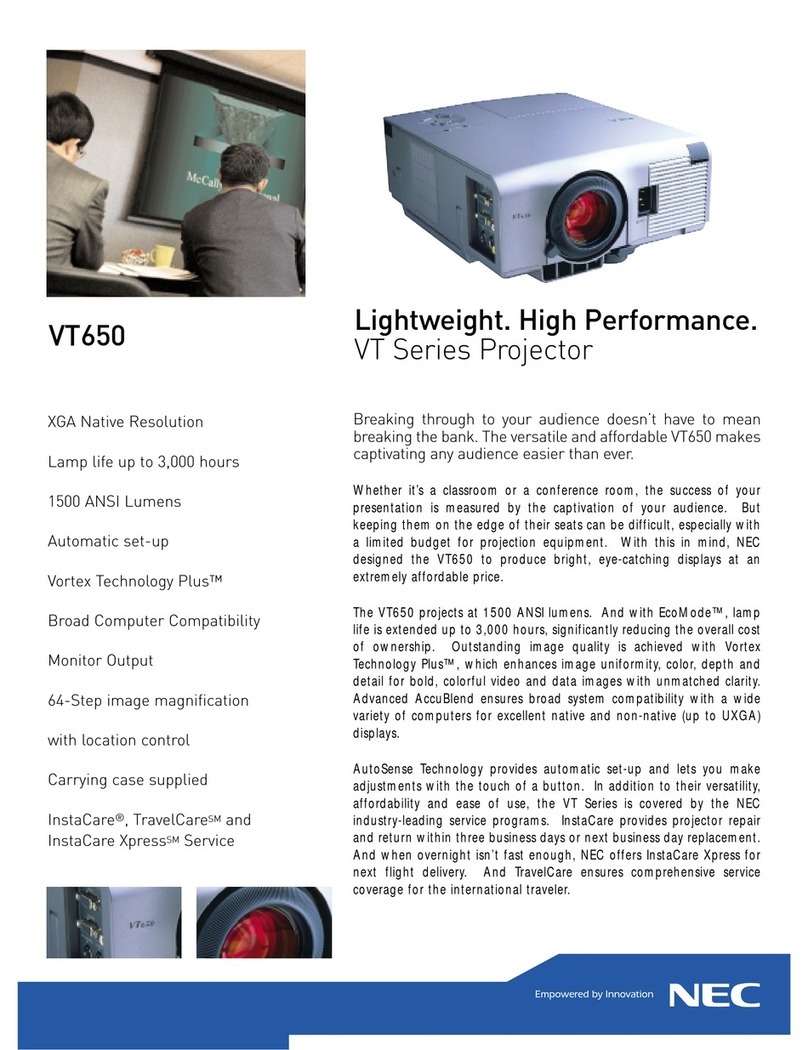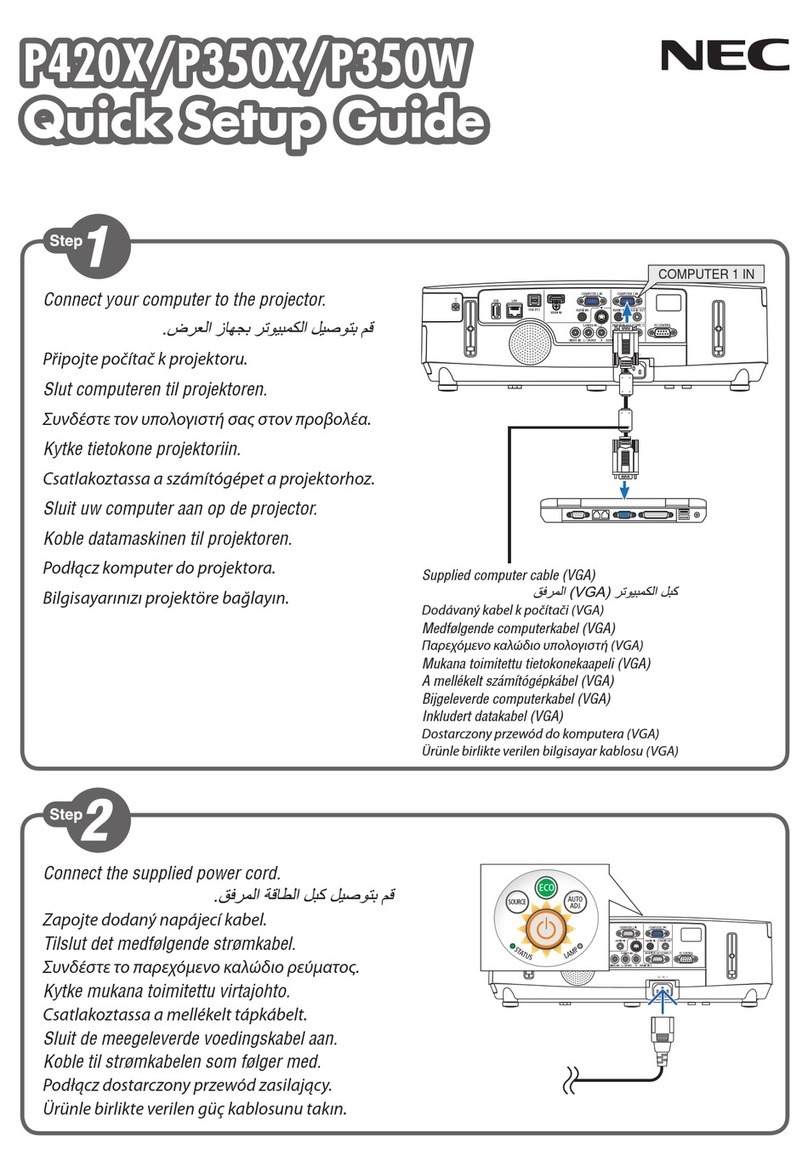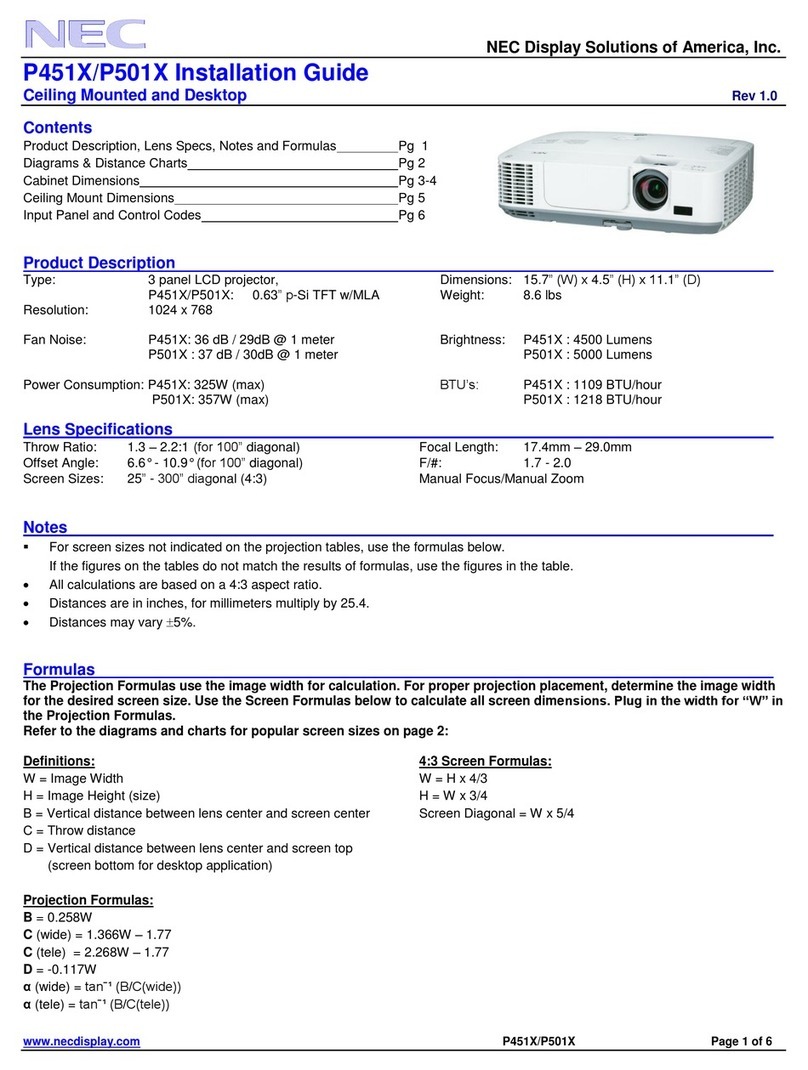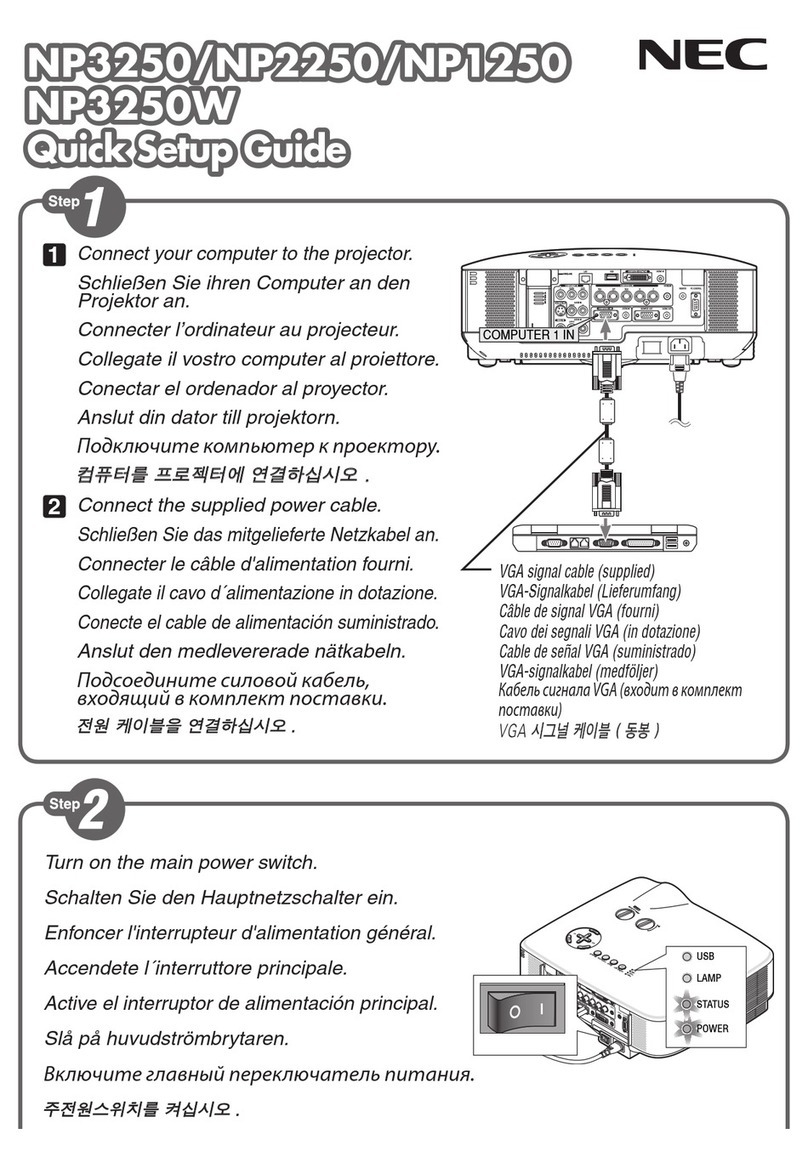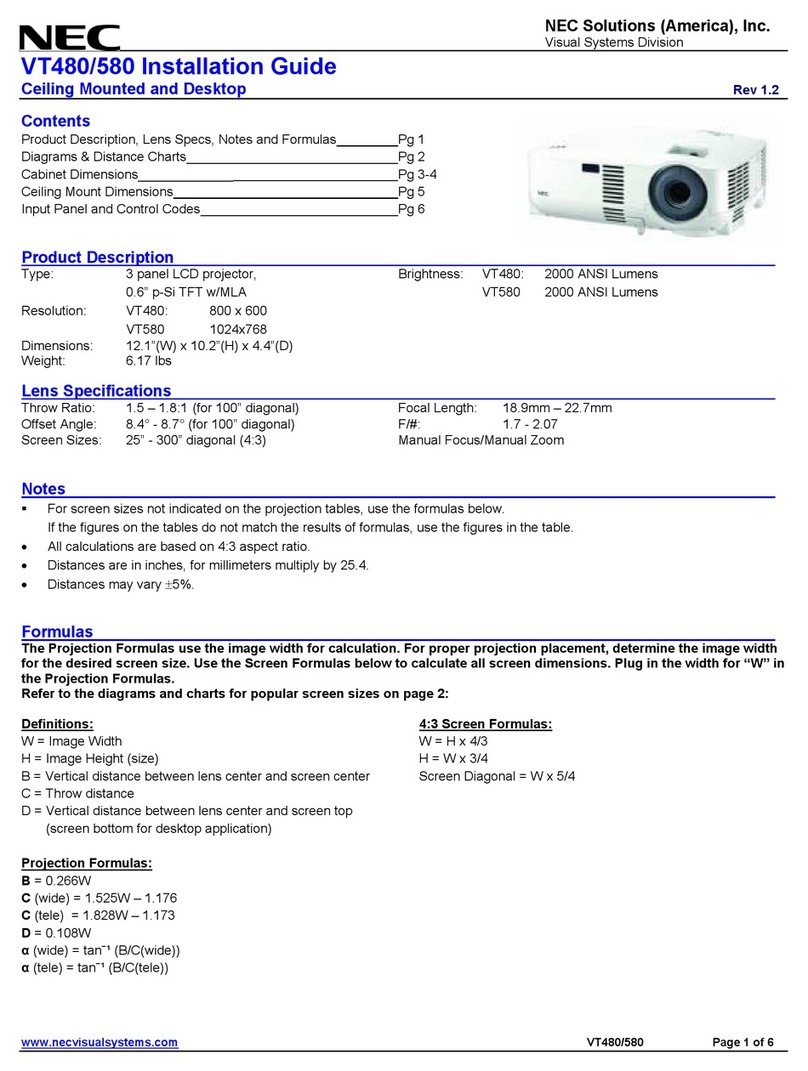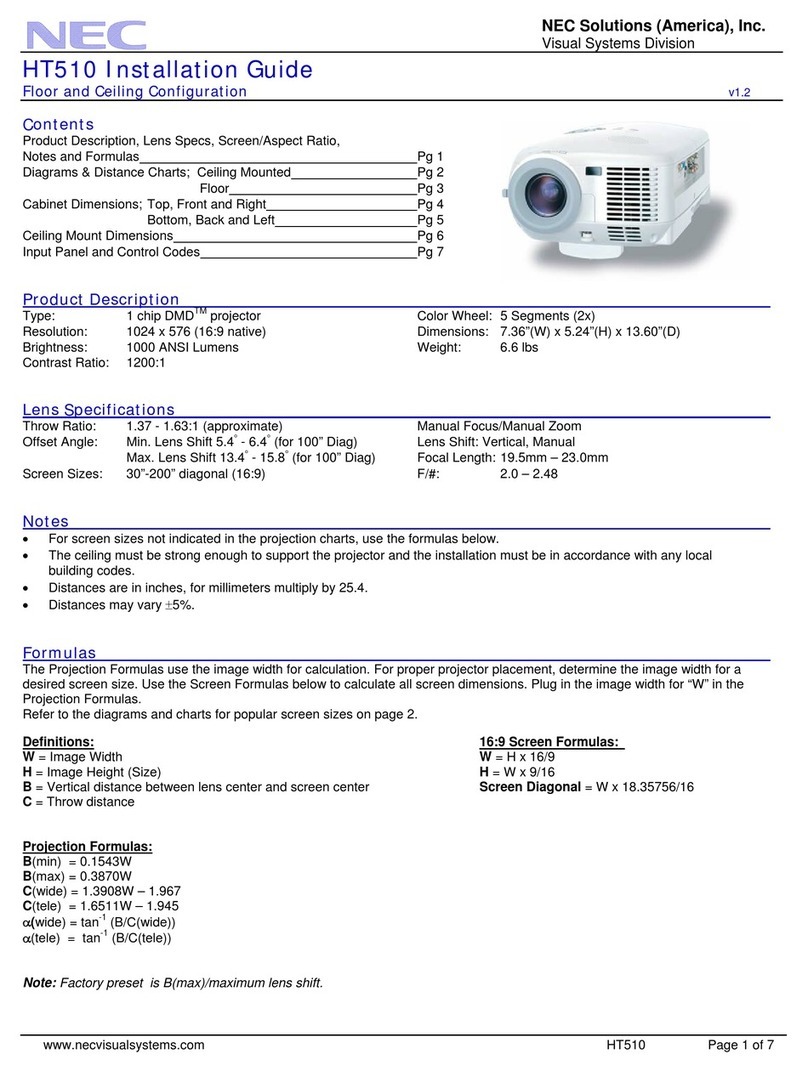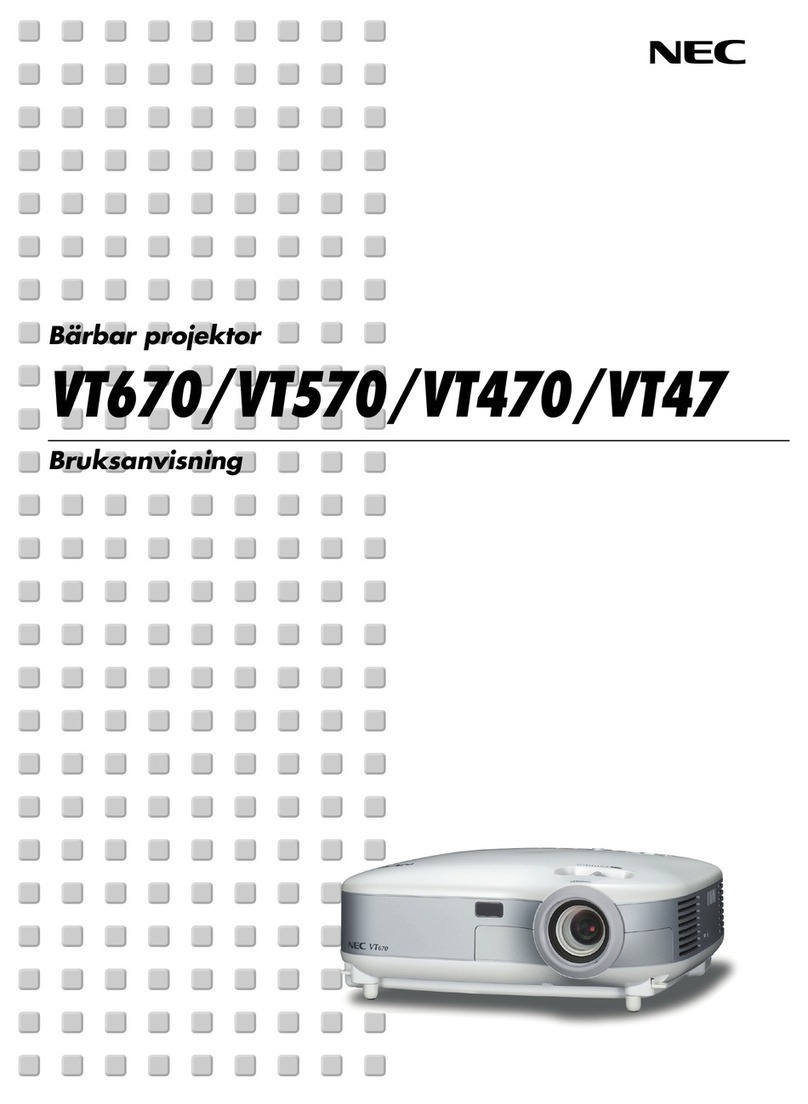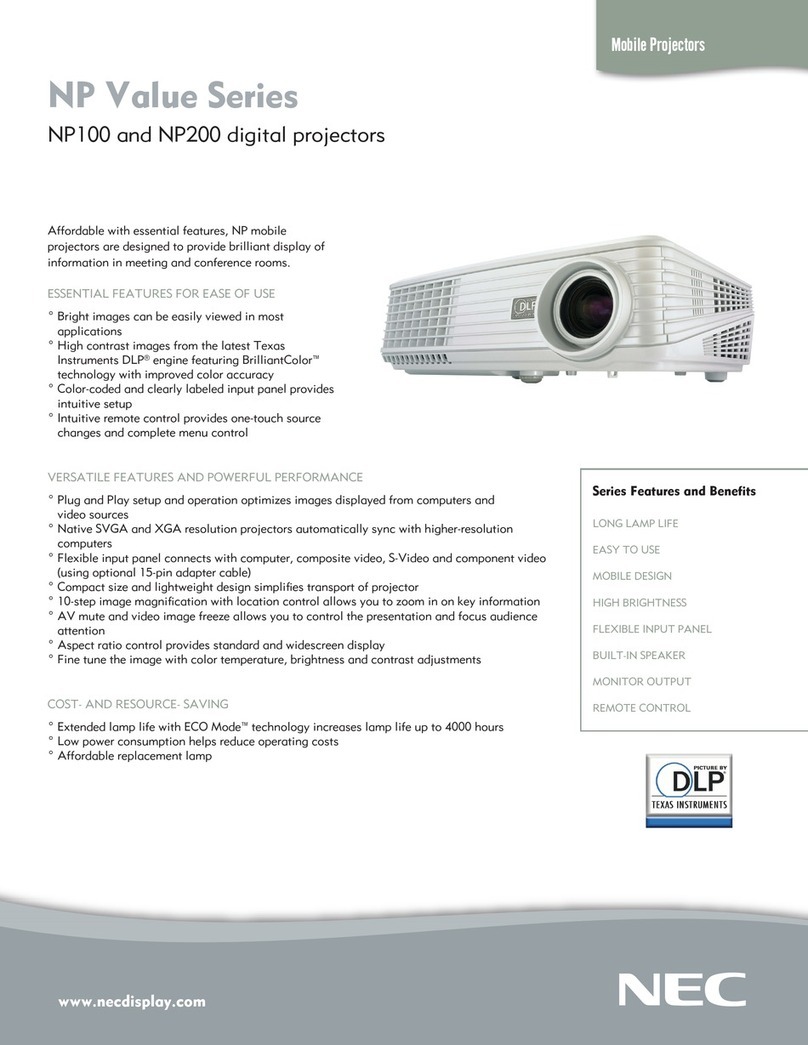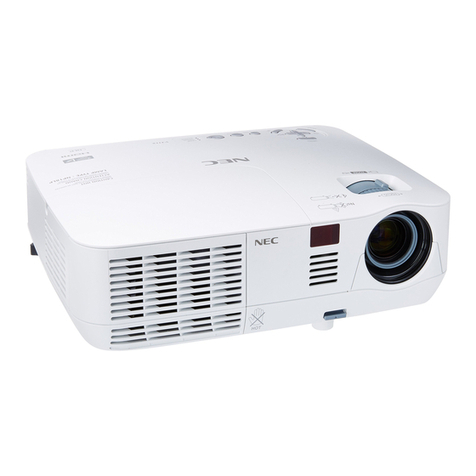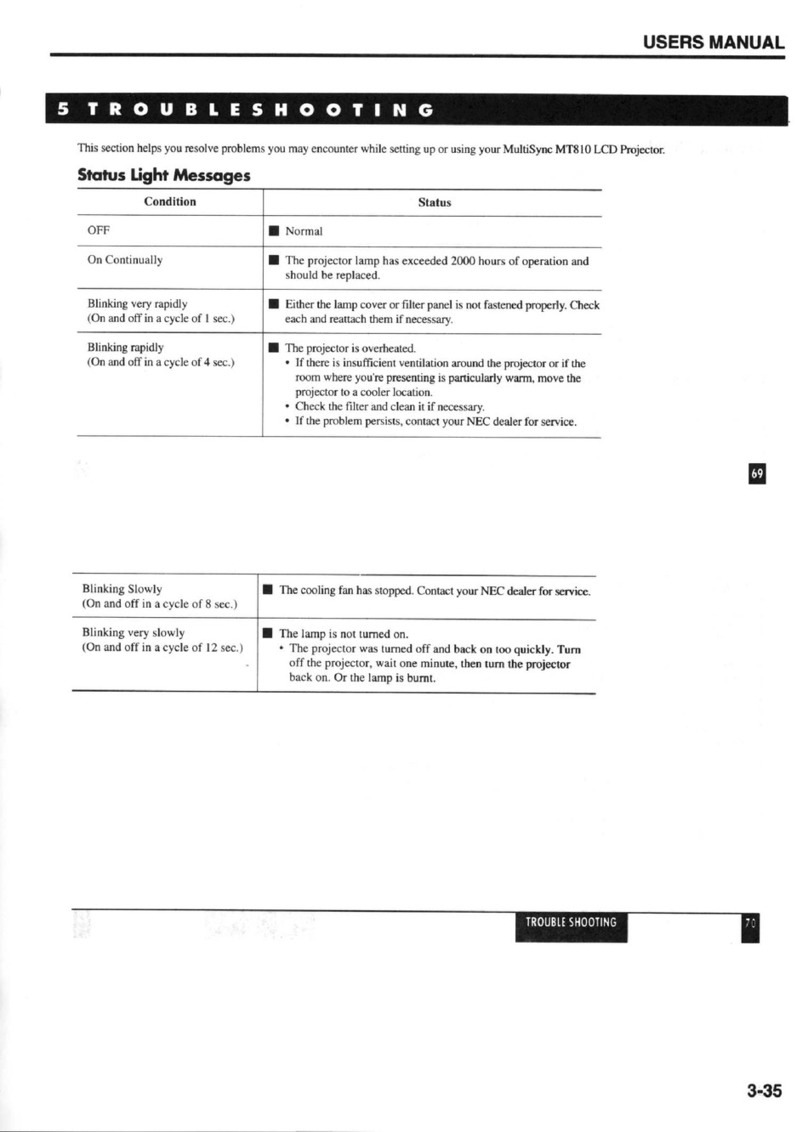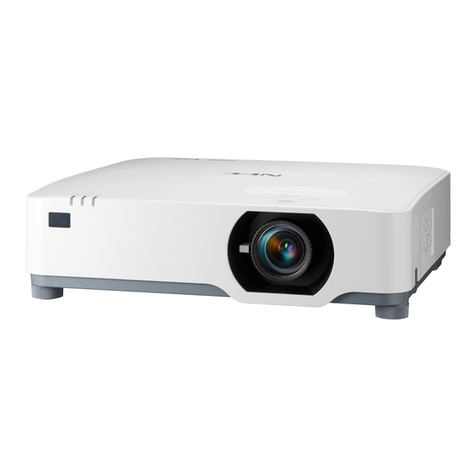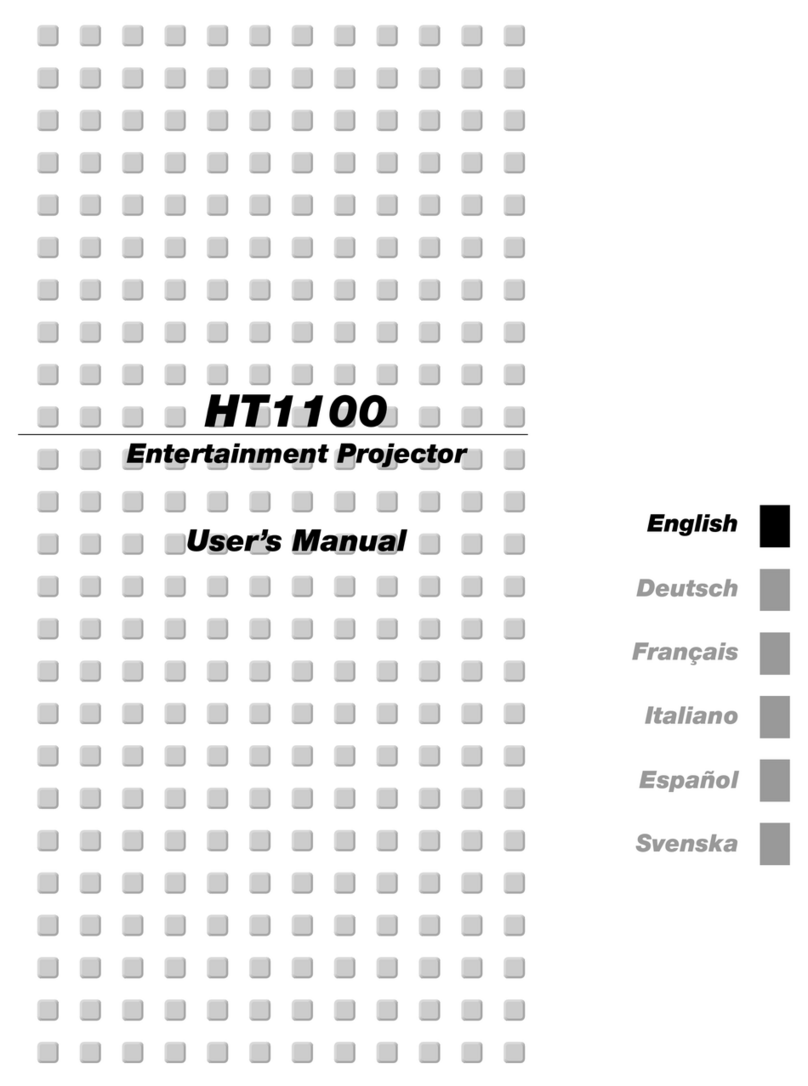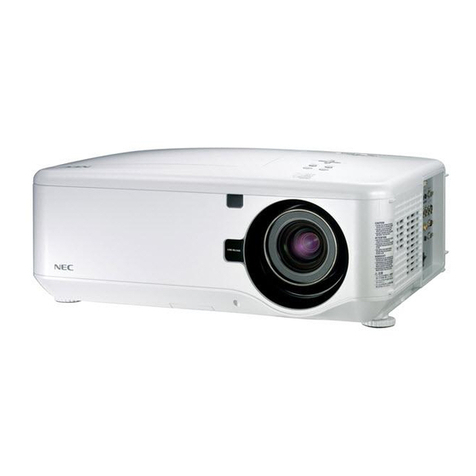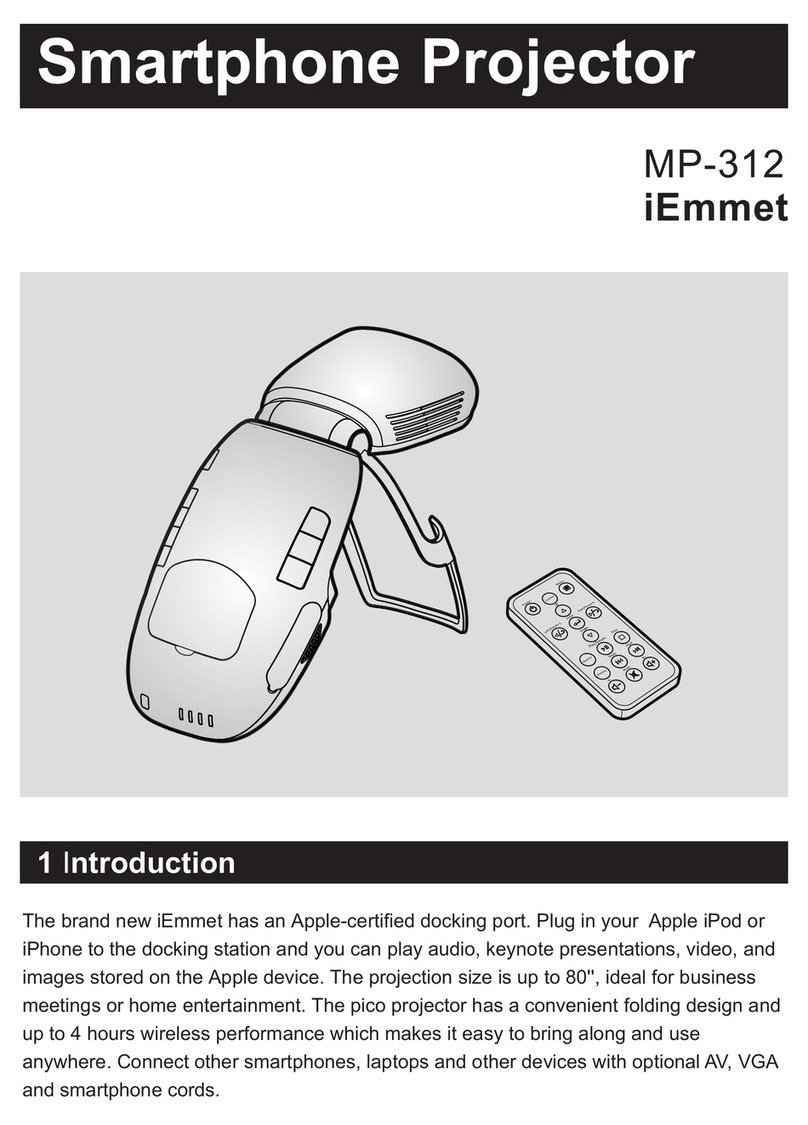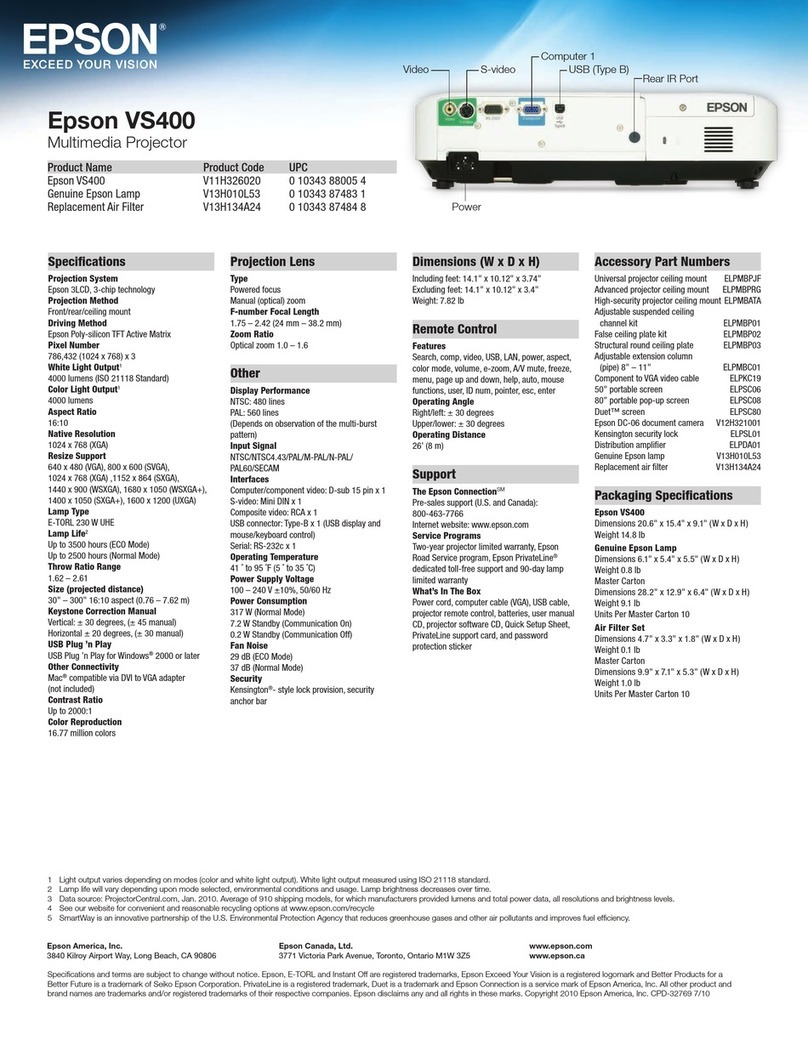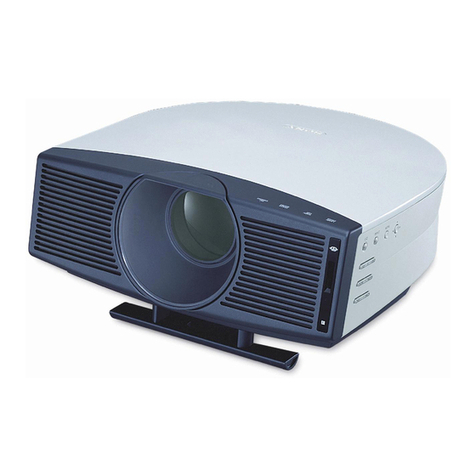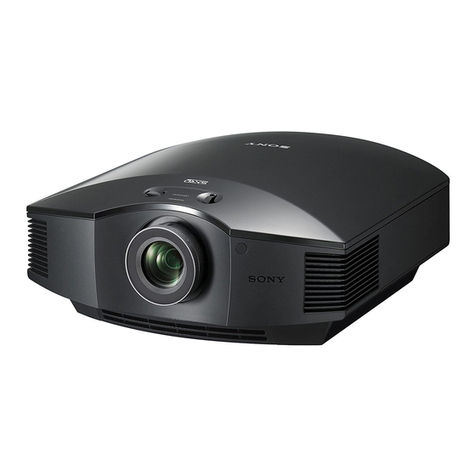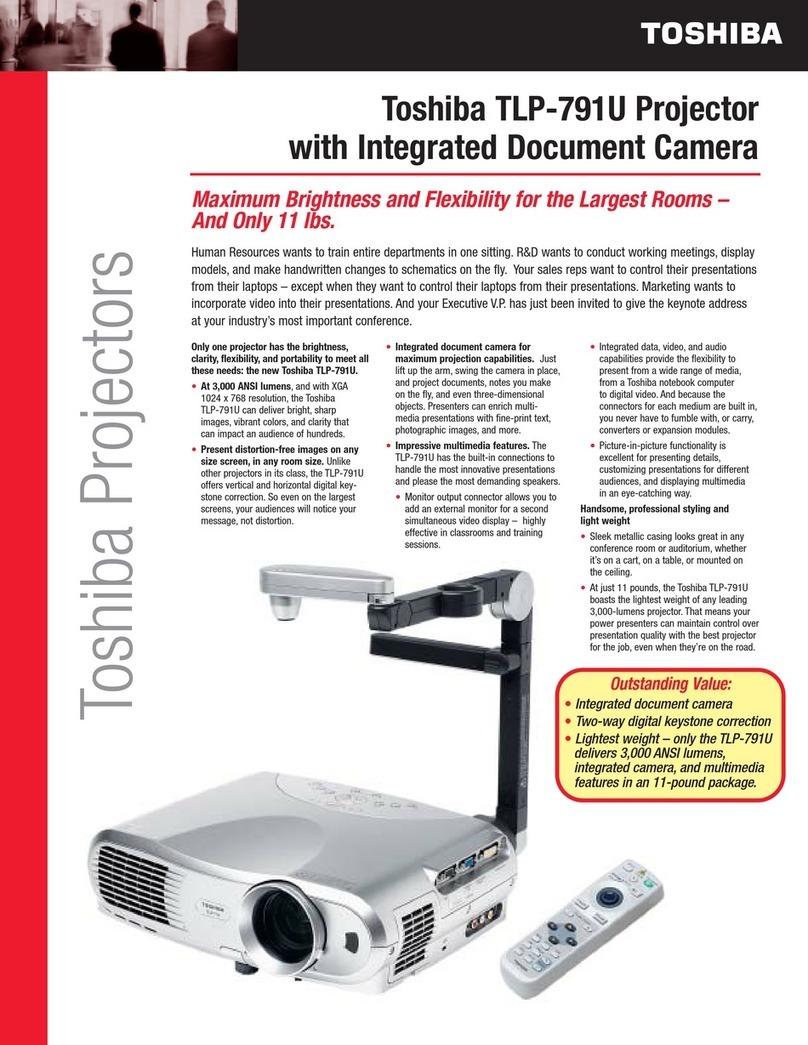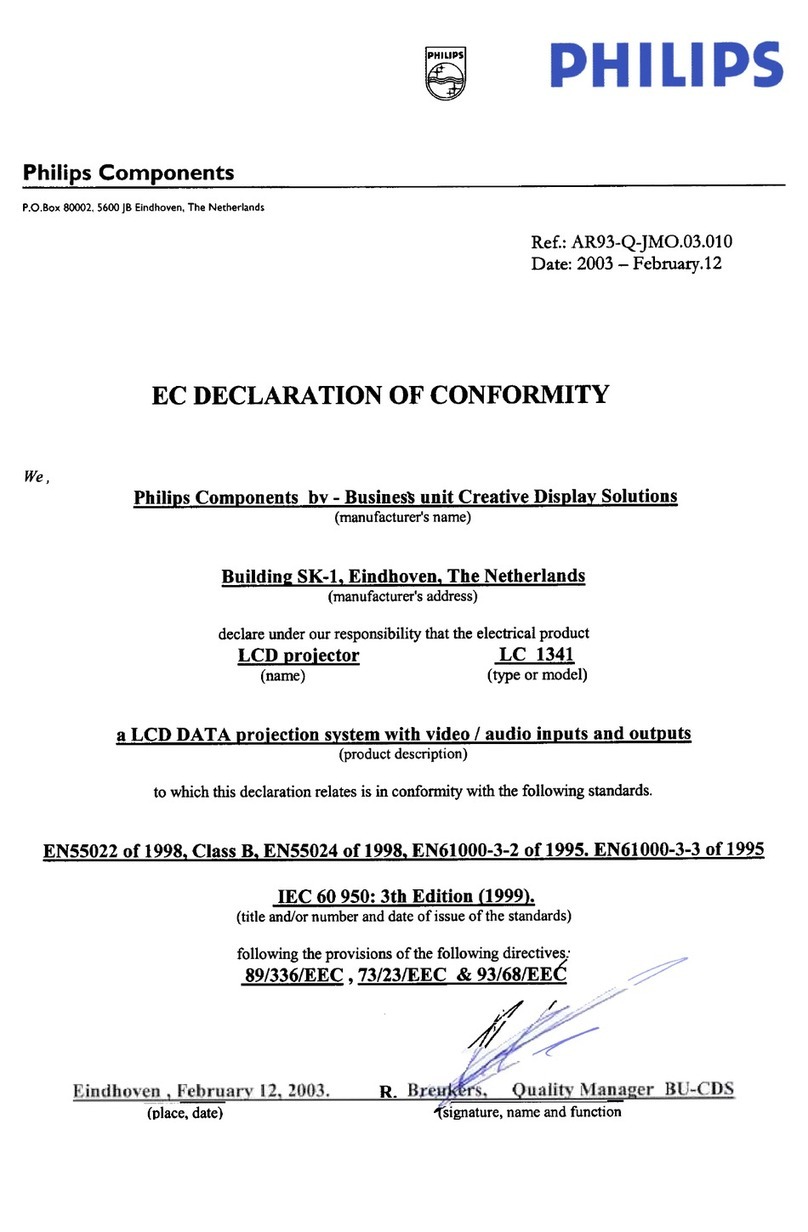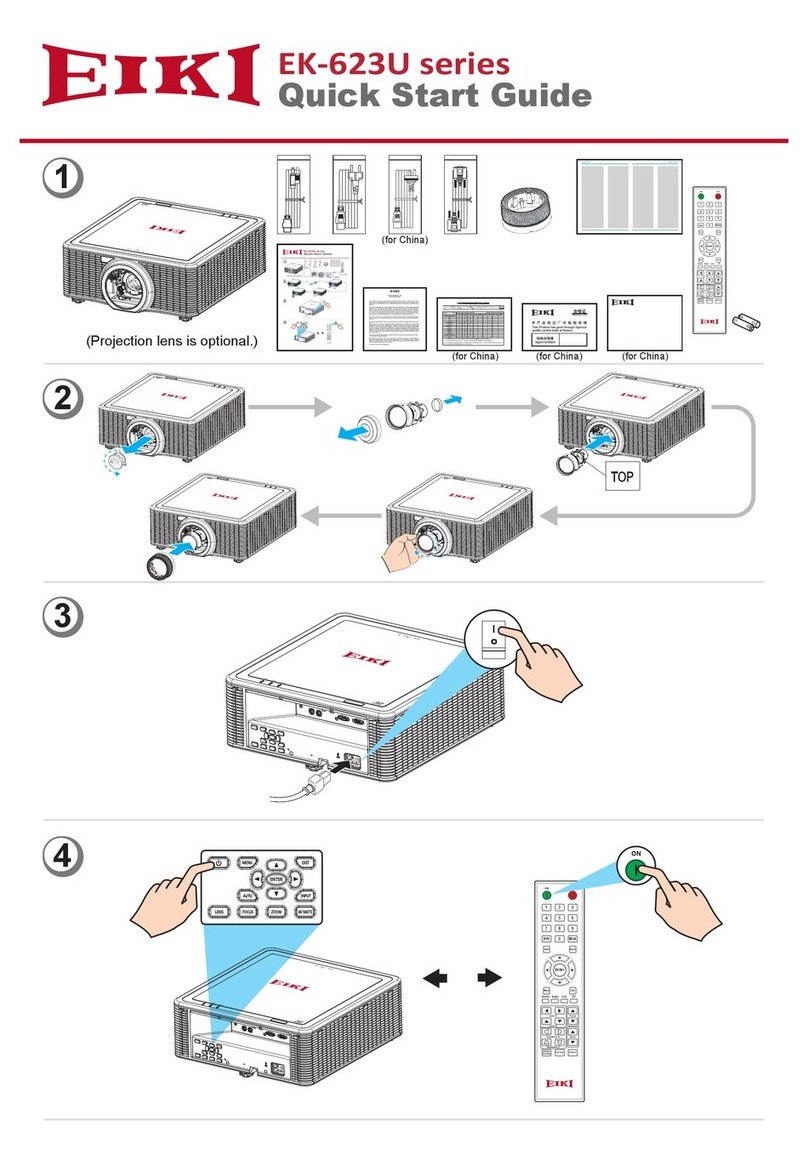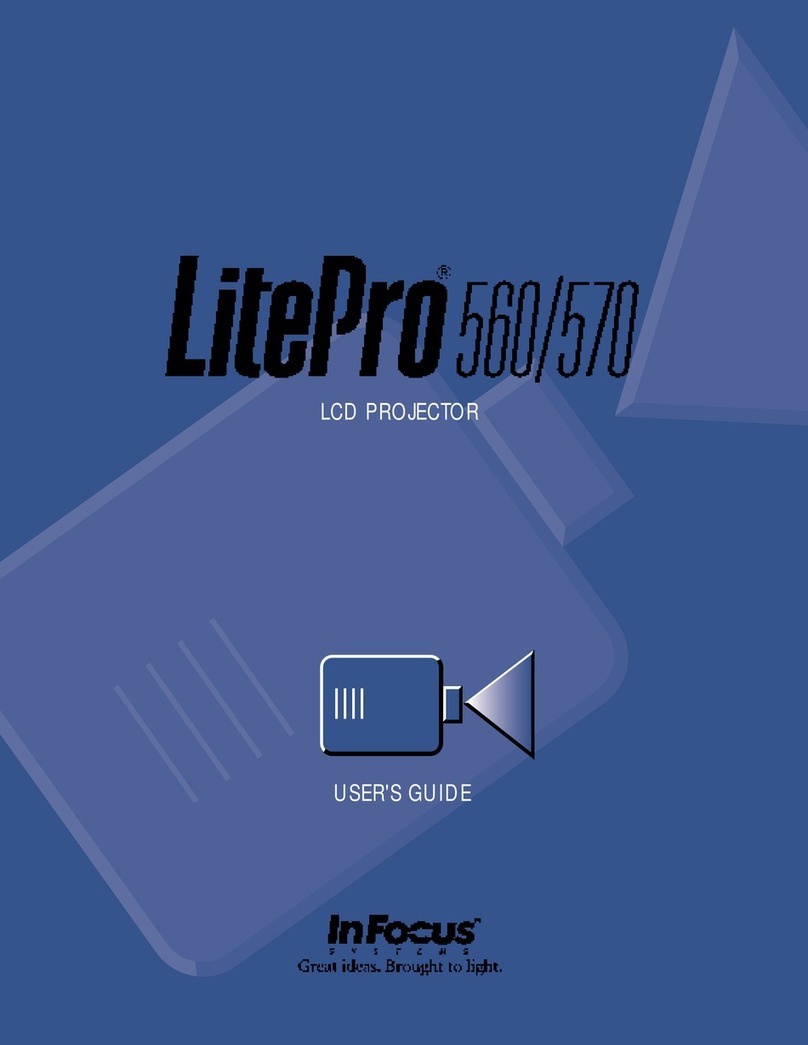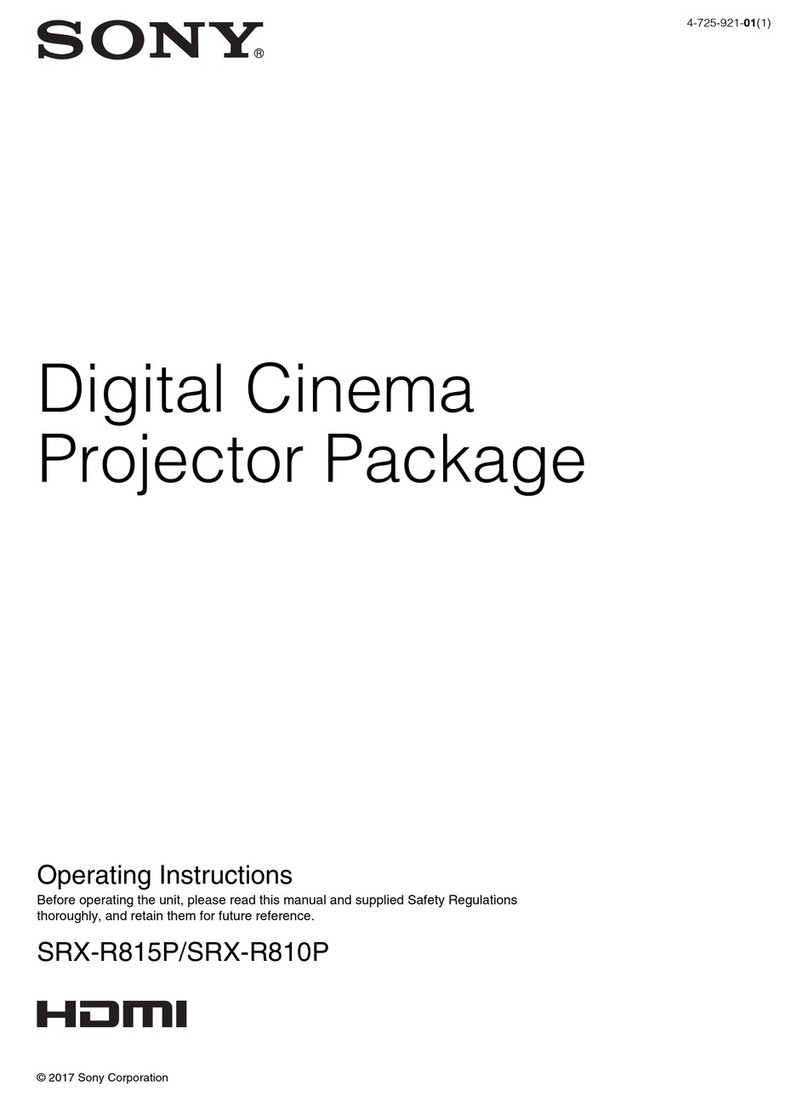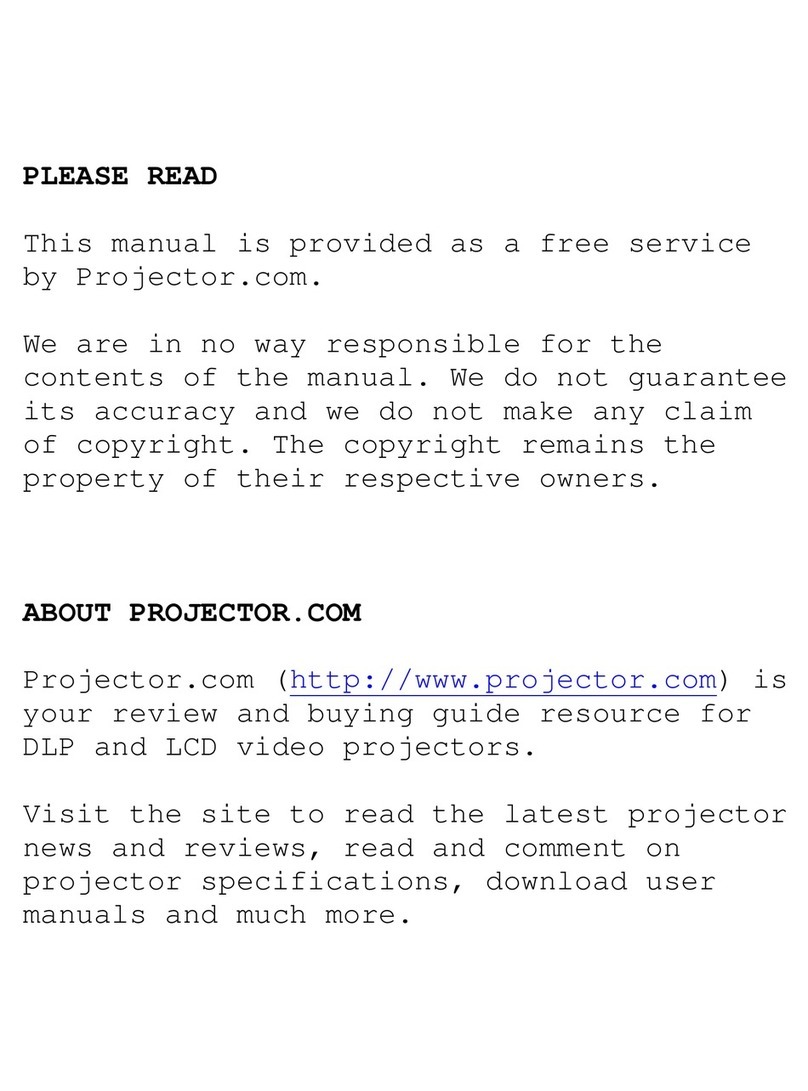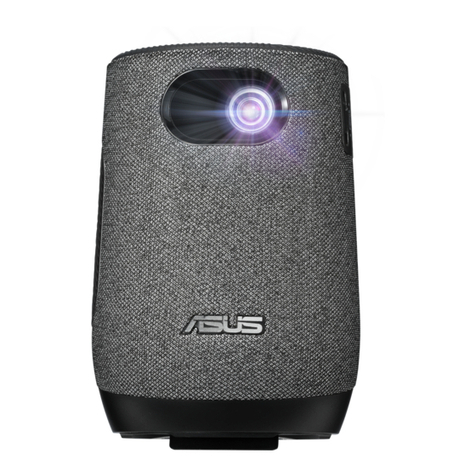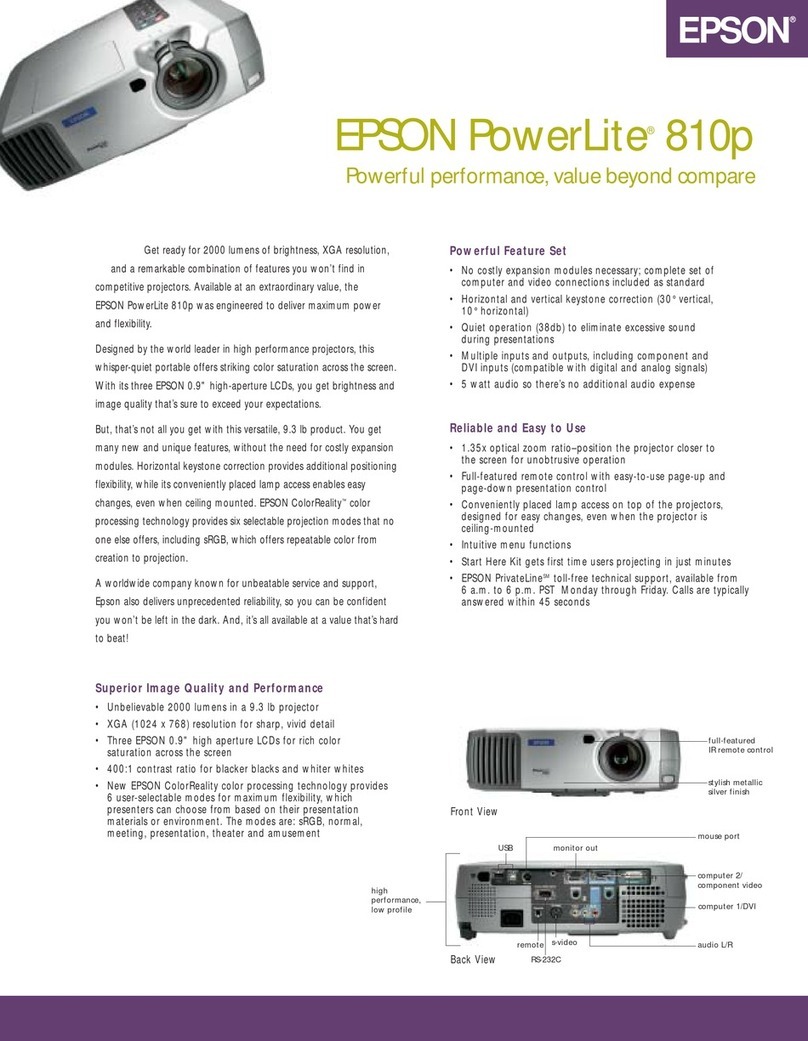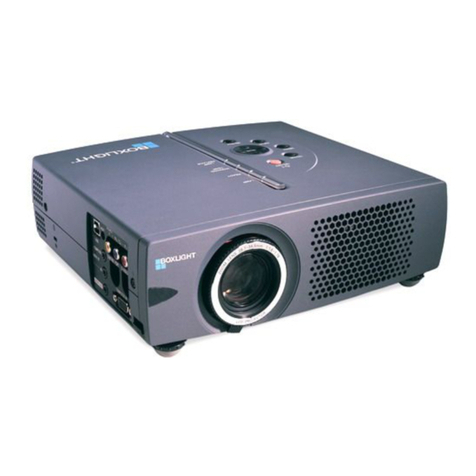
NEC110612
V. BENEFITS OF PROJECTOR
RECYCLING AND TRADE-IN
PROGRAMS
The benefits of projector recycling and
trade-in programs are evident and abundant.
The bottom line? Everyone wins!
For the Environment and Consumer: Recycling conserves
resources for future generations. At the same time, it reduces the need for new
landfills and incinerators, which are costly to operate and ultimately increase
consumer taxes. Recycling also prevents the emission of toxic gases and water
pollutants that subsequently impact health and wellness.
For the Business End User: Compliance with municipal or state mandates
eliminate potential fines and help keep companies in good standing, while
demonstrating corporate responsibility. Trade-in programs also offer a cost-effective
method for businesses to earn money by returning obsolete projection equipment
and applying those dollars to a newer technology.
For the Projector Manufacturer and Reseller: Recycling programs help ensure
manufacturers and resellers offer business customers a method in which to properly
dispose of obsolete products. The trade-in aspect allows both groups to promote
new technology and offer attractive discounts on next-generation products. Further,
compliance with RoHS directives enable projector suppliers to continue making and
selling environmentally-friendly products both nationally and globally, without
concerns about penalties or loss of sales.
VI. RESOURCES
While RoHS is still a very new directive, it will soon play a much larger role in the
development and manufacture of new projector products. Today, the UL provides a
certification program called the Restrictive Substance Compliance Solutions
program (UL-RSCS) to help organizations confidently declare RoHS compliance.
The program incorporates a balance of testing, education, and planning for
continued conformity. Details about this program can be found atwww.ul.com/rscs.
It’s important to check the projector manufacturer’s website for details about specific
recycling and trade-in programs. Additionally,the EPAdevotes a section of its site to
“e-Cycling”, which includes FAQs aboute-waste, market trends,
regulations/standards, along with a list of publications for valuable information on the
subject go to http://www.epa.gov/e-Cycling/index.htm.
Finally, businesses should ask the following before selecting a projector line:
•Do the products comply with the company’s state/municipality mandates
(can be tricky if businesshas locations in different states)?
•Are the products RoHS-compliant?
•Does the line have any additional eco-friendly benefits
(e.g., low brightness settings to extend lamp life)?
•Does the manufacturer offer a recycling program?
•Does the manufacturer offer a trade-in program?
VI. CONCLUSION
In the coming years, the projector industry can
expect e-waste mandates to play a larger role in
the manufacture and selection of certain
brands. As a result, environmentally friendly
projector programs will become a critical
part of the overall purchase decision
making process.
For more information, call 1.800.NEC.INFO or visit
www.necvisualsystems.com
NEC is a registered trademark of NEC Corporation. All
other trademarks are the property of their respective owners.
All specifications subject to change withoutnotice.
NEC Corporation of America
Visual Systems Division
1250 Arlington Heights Rd., Suite 400
Itasca, IL 60143-1248
III. SOLUTION: PROJECTOR
RECYCLING ANDTRADE-IN
PROGRAMS
The RoHS directive has prompted many
projector providers to offer formalized recycling
and trade-in programs to their business customers. At
the same time, e-waste laws are forcing companies to take the
matter of proper disposal more seriously and responsibly.
The good news is that recycling of hardware components is on the rise. According
toMarket Velocity, provider of turnkey solutions for hardware trade-in, recycling and
donation programs, approximately 150 million computers, monitors and projectors
were recycled in 2005 alone. Recycled materials such as plastic, glass, steel, gold,
lead, mercury and cadmium are used in the manufacture of new products.
On the back end, projector recycling programs typically involve contracting with a
licensed recycling facility, which evaluates and separates the components then
shreds the products. From there, the materials are again separated and then sent to
other mills for further processing.
On the front end, these programs vary widely in requirements, costs and effort.
Recycling Only. Some require companies to self-package old projectors and pay
for shipping. A few even charge a small fee to cover recycling costs. Others allow
for the arrangement of free pick-up of their branded product anytime, and with no
further purchases necessary. Companies simply enter information into the
manufacturer’s recycling website and print out a pre-paid shipping bill. The
manufacturer does the rest. In most cases, once the hardware is recycled, the end
user will receive an official certificate to prove that old equipment has been properly
recycled.
Recycling with Trade-In. Some manufacturers take their recycling program a step
further by offering a value for the return of pre-owned branded products, which can
then be applied to the cost of new projectors. Most often, the outdated hardware is
sent back by the company and, upon inspection of the old equipment and
confirmation that a new branded projector is purchased, a check is issued. Recycling
and shipping fees are usually included with these kinds of programs and an official
certificate of disposal is also provided for each unit.
IV. NEC’S RECYCLING AND TRADE-IN PROGRAMS COVER THE
BASES
NEC is in the unique position of providing its business customers with the one-two
combination of a recycling program AND a trade-in program. Together, the
programs allow the whole process of return, recycle and repurchase to happen
simultaneously and cost-effectively.
NEC’s Eco-Care Recycling Program ensures the proper
disposal of all manufacturers’ projectors up to 40 pounds. For a
small one-time fee plus shipping, businesses can either
package up old materials or have NEC
supply the necessarypacking materials.
Once the hardware is recycled, official
disposal certificates are provided.
NEC’sPowerUp Trade-In Program
gives users of projectors nearing end-
of-life the opportunity to step up to the
latest technology. Users are offered a free
quote value for the return of BOTH pre-owned
branded products and/or competitive projectors, which can then
be applied to the cost of newprojection equipment
(http://necsam.tradeups.com).
The biggest advantage of Eco-Care and PowerUp is that when
used together they offer a “one stop shop” method of properly
clearing out all obsolete projection equipment – regardless of
the make and model–in exchange for the newest technology.
CHECK IT OUT FOR YOURSELF
